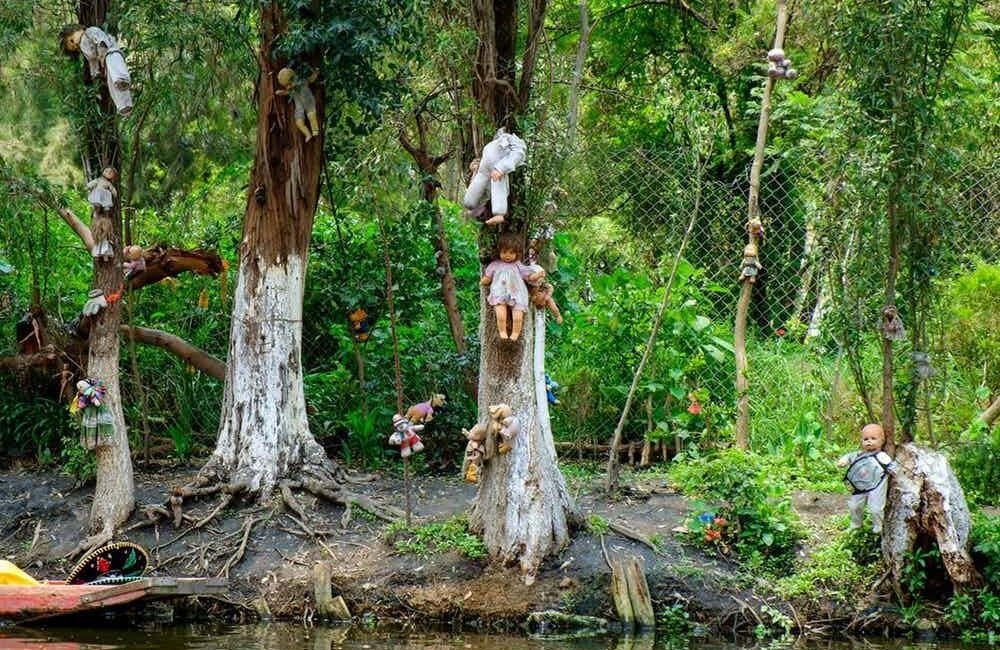Nestled at the base of Mount Fuji in Japan lies the Aokigahara Forest, also known as the “Suicide Forest.” This dense woodland has garnered international attention for its tragic association with individuals contemplating suicide. However, beyond its haunting reputation, Aokigahara is a place of profound natural beauty intertwined with Japanese mythology.


Aokigahara’s eerie allure stems from its pervasive silence and dense vegetation, which blankets the forest floor in an otherworldly green hue. The forest’s labyrinthine pathways wind through ancient trees, creating an atmosphere that feels both mystical and melancholic. Throughout history, Aokigahara has been a setting for Japanese folklore and ghost stories, further adding to its mystique.
Despite its natural splendor, Aokigahara has become synonymous with despair and tragedy. Each year, authorities conduct numerous searches for individuals who enter the forest with the intention of ending their lives. Signposts with messages of hope and helpline numbers dot the forest trails, serving as reminders of the ongoing struggle against suicide.
Venturing into Aokigahara is a sobering experience. As visitors wander through the shadowy depths of the forest, they may encounter personal effects left behind by those who came before them – abandoned tents, notes, and mementos serving as silent testimonies to the human suffering that permeates the woods.
However, amid the somber atmosphere, there exists a fragile beauty in Aokigahara. Sunlight filters through the canopy, casting ethereal beams of light onto the forest floor. Moss-covered rocks and babbling streams contribute to the tranquil ambiance, inviting reflection and introspection.
Despite its tragic reputation, Aokigahara remains an integral part of Japanese culture and spirituality. In Shinto belief, the forest is considered a sacred place inhabited by spirits known as “yurei,” or ghosts. Visitors often report feeling a sense of reverence and awe in the presence of these ancient trees, as if they are walking among the spirits of the departed.
For those interested in exploring Aokigahara, guided tours are available, providing insight into the forest’s natural history and cultural significance. However, visitors are urged to approach the forest with respect and mindfulness, acknowledging the sensitivity of the issues surrounding suicide and mental health.
In conclusion, Aokigahara Forest is a place of contrasts – a hauntingly beautiful landscape imbued with tragedy and myth. As visitors navigate its tangled trails and contemplate its storied past, they are reminded of the fragility of life and the importance of compassion and understanding towards those who may be struggling.


